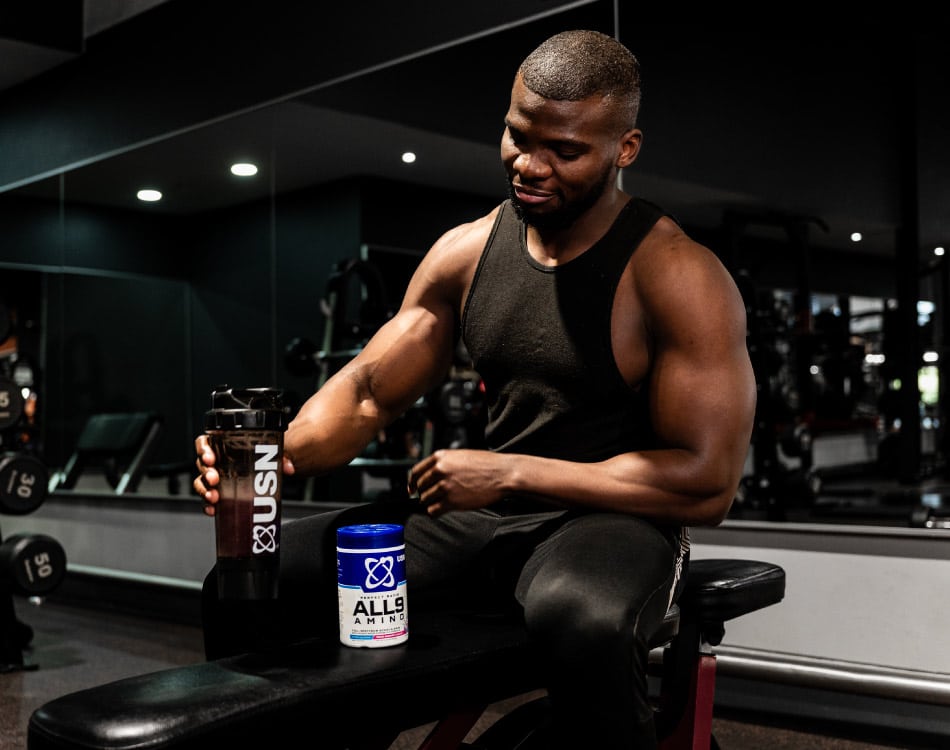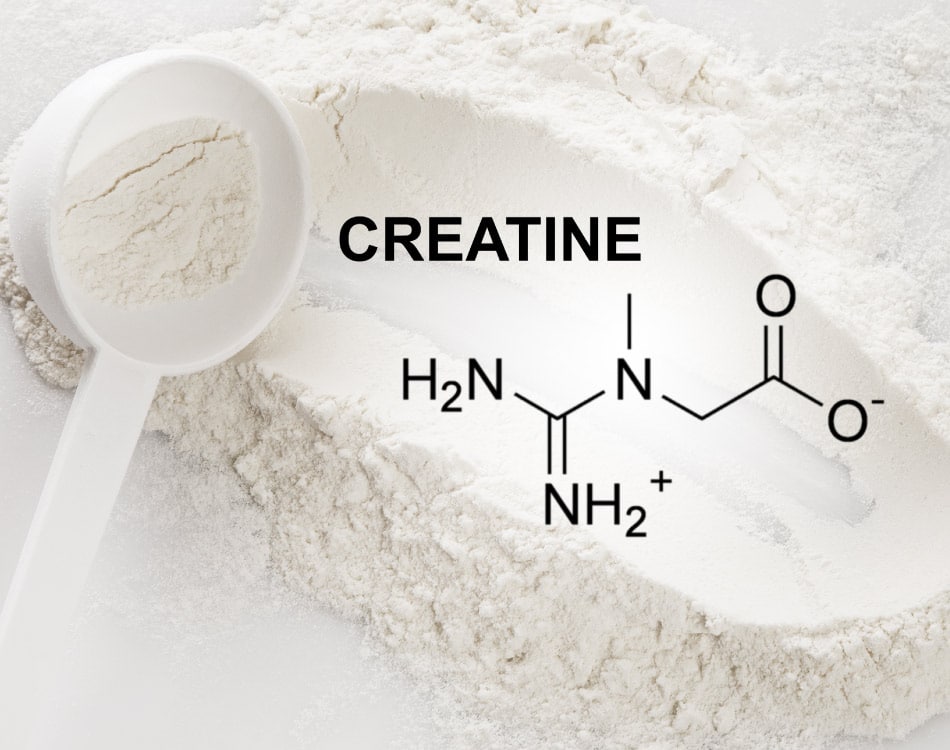With the wide range of amino acid supplements at your local Dis-Chem, it may seem tricky to pick the best option.
At the most basic level, all amino acids are building blocks. In supplement form, they typically help the muscle repair and rebuilding process by providing the body with the structural elements needed to make new proteins.
However, amino acids – which we get from the different protein sources we eat in our diet – also have other vital roles in the body.
For instance, they act as neurotransmitters, signal hormone release, and form components of various cells and structures like haemoglobin, cell membranes and fibrin (for clotting).
These roles mean amino acids are also closely linked with disease prevention, mental health and the optimal functioning of our internal, endocrine and musculoskeletal systems.
READ MORE | Amino Acids: The Loss-Limiting Factor
The amino acid basics
Proteins contain 22 amino acids, which are called natural amino acids. Among these, 20 standard amino acids are most important for muscle gain. Nine of these are considered essential amino acids (EAA) because our bodies cannot create them from other compounds.
Because we need to supply our bodies with these important amino acids, supplement manufacturers have created products that help us conveniently meet these nutritional requirements.
The nine EAAs you will find in specially-formulated supplements include:
- Histidine
- Isoleucine
- Leucine
- Lysine
- Methionine
- Phenylalanine
- Threonine
- Tryptophan
- Valine
As such, EAAs supplements provide the full spectrum of essential amino acids that our body requires to spare and build muscle during and after training.
A review published in the Journal of the International Society of Sports Nutrition affirms that you need an abundant supply of all the EAAs to stimulate muscle protein synthesis, which you can get from whole proteins from food or from supplements.
READ MORE | What’s So Essential About Essential Amino Acids?
The lowdown on BCAAs
Among the nine EAAs, there are three vital amino acids that play important roles in muscle building and energy production – the branched-chain amino acids (BCAA).
The three BCAAs include:
- Leucine
- Isoleucine
- Valine
BCAAs get their name from their unique structure – a basic tree with branches. They are metabolised directly in the muscle and converted into energy, which can prevent muscle breakdown as your body does not need to break down muscle tissue to meet its energy demands.
The muscle-sparing effect you get from BCAAs is an important attribute that makes these products ideal for use before and during your workouts.
These supplements have a high bioavailability because supplement manufacturers provide free-form BCAAs, which means the digestive system doesn’t have to do the heavy lifting, so to speak, to break them down.
As such, BCAAs bypass the liver and gut and are absorbed directly into the blood stream. They, therefore, reach muscle cells quicker than a complete protein, so they can get to work faster. Once in the muscle cell, the body preferentially metabolises BCAAs over other amino acids by converting them into glucose to provide energy. This limits the body’s need to break down muscle tissue to access amino acids when glycogen levels run low.
READ MORE | Does Your Workout Need Aminos?
Standalone BCAA products
BCAAs can also boost the muscle repair process after exercise, particularly leucine, which is a more potent muscle protein synthesis (MPS) stimulator than the other two BCAAs because it activates an anabolic (muscle-building) pathway.
A study published in Frontiers in Physiology confirmed that ingesting 5.6 g of BCAAs after a strength-training session lead to 22% greater muscle protein synthesis.
Higher leucine levels indicate to the body that there is sufficient dietary protein to create new muscle. This signals a specific gene to create more of an anabolic cell signalling messenger called mTOR, which is why many standalone BCAA supplements include higher leucine contents in various ratios.
The industry standard is usually a 2:1:1 leucine:isoleucine:valine ratio, but products aimed at bodybuilders or other high-level athletes that may have higher recovery demands go as high as 8:1:1.
Which is best?
Both BCAA and EAA supplements can support muscle growth and recovery from training. EAAs are better suited for someone who struggles to meet their daily protein targets and could benefit from additional nutritional support as all these amino acids play play key roles in repairing and building muscle.
BCAAs offer targeted support for serious athletes and gym-goers who already have their total daily protein needs covered through their diet and protein supplements.
However, supplement manufacturers now also produce combined products that offer the full spectrum of EAAs, with additional BCAAs to support muscle growth and recovery. These combined supplements offer additional support to provide additional energy, along with the usual muscle-building benefits.
The ultimate decision whether to use EAAs, BCAAs or a combination of both boils down to your individual needs, your goals and your budget as both forms of amino acids work!
















